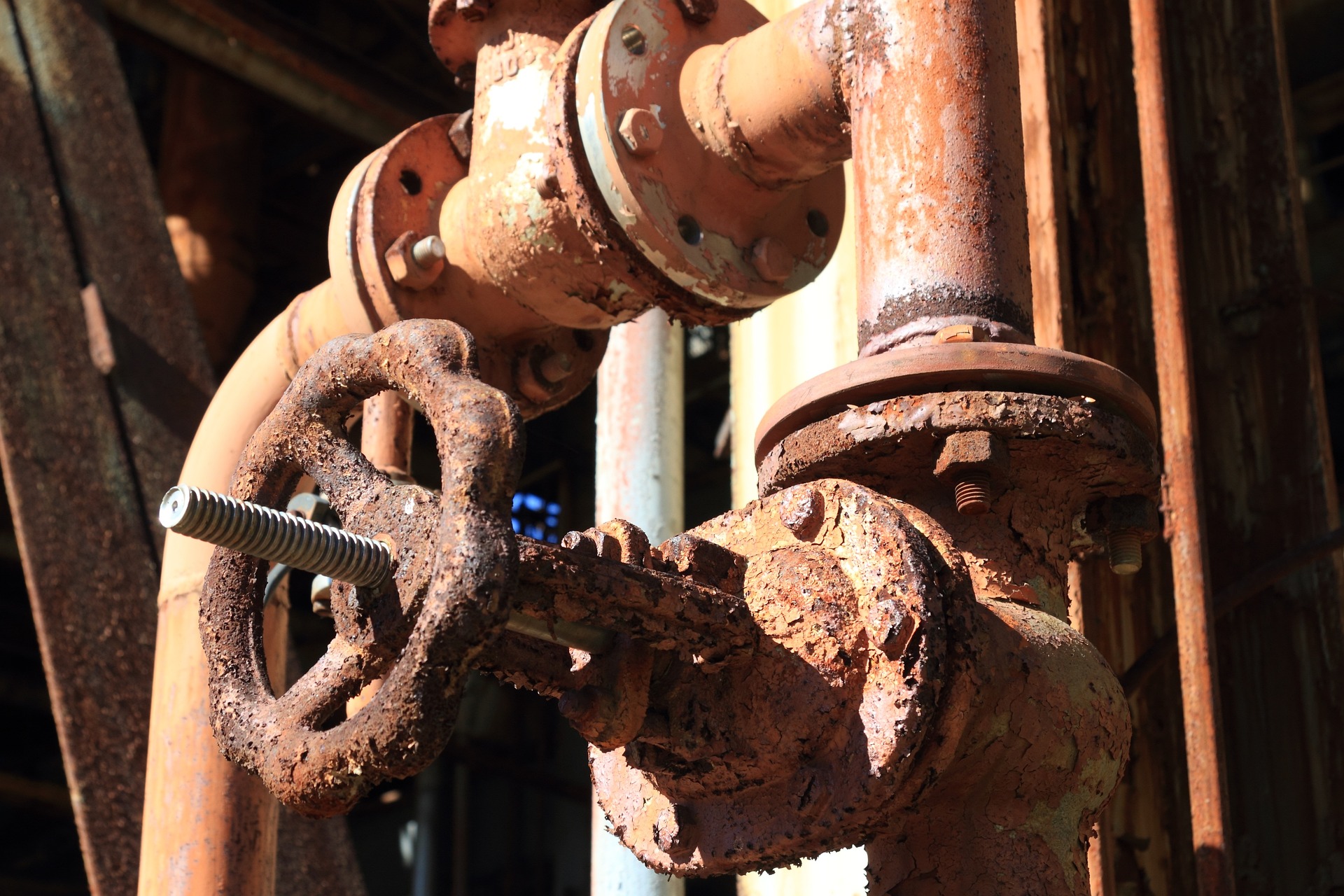How much do you know about cured-in-pipe placement or CIPP? This no-dig repair and maintenance solution provides an innovative approach to resolving issues in a pipelining system. It can make repairs. Use CIPP to prevent major issues later down the road, too.
From large-diameter piping to typical piping systems, CIPP is reliable and lasts for many years to come. In this guide, we share more about the CIPP process and how it works. Check out this step-by-step guide for CIPP.
Clear the Pipes
The first thing that needs to be addressed is the current state of the pipes. First, if there are any blockages or clogs, take care of those issues. A liner cannot be placed if the pathway of the pipe isn’t clear. If there are tree roots or clogs, be sure to have someone look at this issue. Clear them as needed before proceeding further. In some cases, the CIPP provider can do this step. They will then place the liner for you. Their ability depends on the damages and what you are facing overall.
1. Inspection
The first step of cured-in-pipe placement is to have an inspection completed. When we complete an inspection for CIPP, we use a specialized video camera that can run through the pipes and assess the situation. This is how we know where to place the liner and what the damages are. The inspection is the first step to truly understand what the pipe situation is and create a plan of action.
2. Insertion of CIPP
Once we complete the inspection and make a plan, we place the CIPP into the pipe at the appropriate entry. At this point, it’s a very small material that is run through the pipes. This is a liner that will expand to adhere to the pipe where repair is needed. No digging is needed as the liner can typically be inserted from an access point or a utility hole.
3. Drying and Curing
Once the liner is in place, it will need to set and cure. The liner works as it adheres and bonds to the pipeline, effectively sealing it. It does take some time for drying and curing to complete, although this has been much improved with updated technology. In most cases, it takes anywhere from a few hours to 1-2 days to fully dry and cure.
4. Completion and Final Inspection
Once the CIPP has had time to dry and cure, we complete a final inspection to ensure everything was repaired appropriately. The final inspection sends a camera back into the pipes to look at the repairs and check they are working correctly.
Let Advanced Pipe Repair Handle Cured in Pipe Placement for You
When you have repairs or want to use preventative maintenance for your pipelining system, we can help. Advanced Pipe Repair offers a wide variety of solutions and uses the latest technology in CIPP. Skip the digging and avoid excessive downtime. Contact us today to inspect your damage and help you make repairs without the dig.

